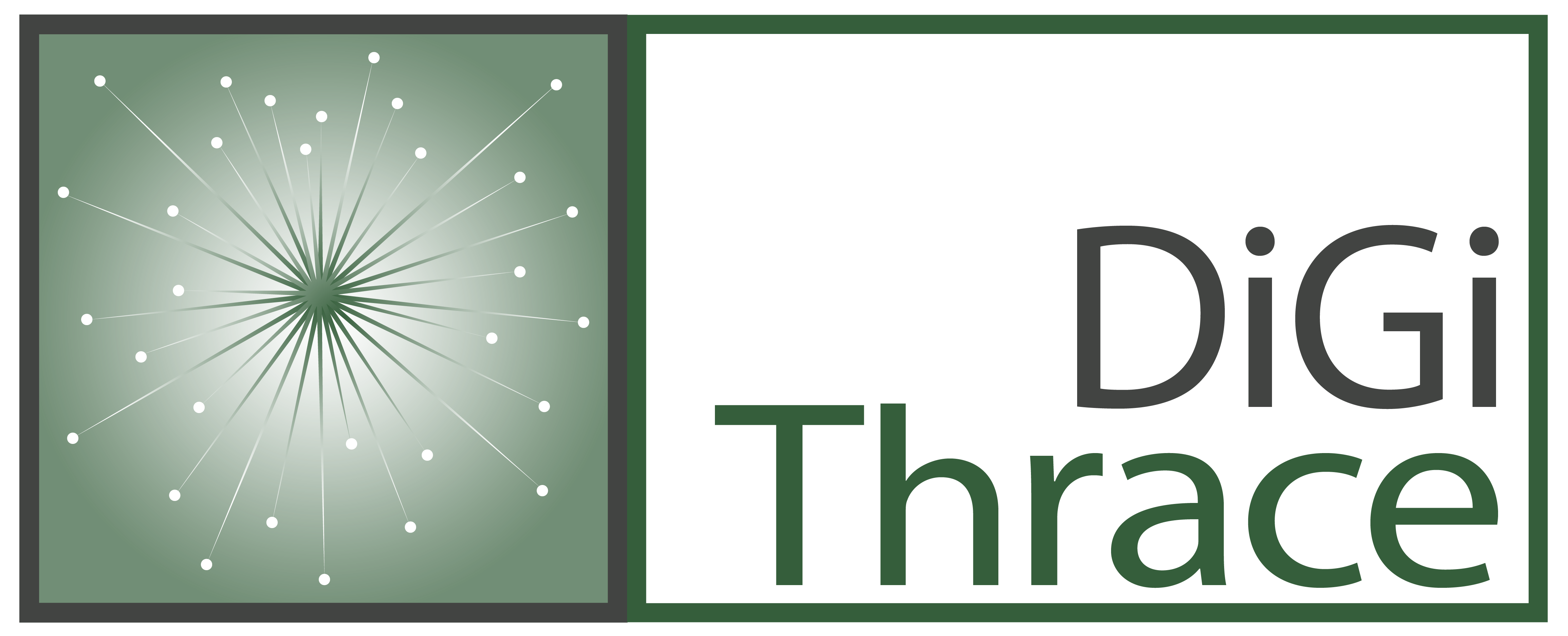-
WP 1. Methodological debate: studies of ancient Thrace in digital environment
All members of the project team will participate in a theoretical debate on the research methods of historical disciplines and the impact of digital technologies on them. The fundamental nature of this type of research will be innovative for Bulgaria and the research of ancient Thrace, as after the conception of Thracology as a separate historical discipline in the early 1970s such a purposeful discussion was practically not held by the Bulgarian historians and classicists. Discussions will be provoked about the methodology in the four key disciplines of historical knowledge – ancient history, archaeology, numismatics, epigraphy and their connection with digital technologies. A final workshop resulting in an edited volume is envisaged.
-
WP 2. Information technologies in the humanities
The implementation of these package activities will be the second fundamental contribution of the project with the development and activation of a database that combines diverse information from various monuments of Ancient Thrace. It will take place in close interdisciplinary cooperation, and coordination of product requirements and capabilities. The expert opinions of foreign scholars will be essential for the exchange of experience, building the base and synchronizing it with such existing European structures.
-
WP 3. Archaeometric research
In the course of the work key museums in the country will be visited (Blagoevgrad, Smolyan, Plovdiv, Pazardzhik, Haskovo, Stara Zagora) and the indicated analyses of a representative sample of selected finds will be performed (coins, coin blanks, coin cores, votive plaques, etc.). After consulting with experts, the appropriate type of analysis will be determined and performed – on site in the museum depots, or if possible the find will be transported in laboratory conditions. The data will be integrated into the database. The information obtained by the archaeometric analyses of numismatic materials will be the first of its kind allowing in the future to compare the composition of coin finds and search for identification of sources of raw materials.
-
WP 4. History and culture: sanctuaries, deities, cults
The work in this package is focused on the identification of ancient monuments of cult and religion in the Eastern Balkans, their research and description in order to integrate them in the database according to established criteria.
-
WP 5. Numismatics
The activities in the work package will aim at solving some societal challenges with the distribution of counterfeit coins, which are a real danger of distorting history knowledge and its use for political and nationalist purposes. The study of the hoard finds and their geographical location will be the basis for further interpretations.
-
WP 6. Archaeological landscapes
The activities within this package aim at diachronic reconstruction of the anthropogenic landscape. They are focused on periods of transition, which are characterized by increased dynamics – from Late Bronze Age to Early Iron Age, from Late Iron Age to the Roman period and from the Roman era to Late Antiquity. Emphasis is placed on cult sites, their cultural environment and changes related to the impact of political, economic, religious and natural factors reflected in the archaeological record (stratigraphy, topography, architecture, artifacts). The application of modern interdisciplinary research methods such as database development, use of up-to-date approaches and tools (e.g. GIS analyzes), as well as the archaeometric analyzes integrated in the project, allow the highlighting of certain aspects and achieve higher resolution to the transformations of the archaeological landscape.
-
WP 7. Metrology and epigraphy
The package activities are aimed at studying various antique equipment and instruments for measuring weight and length, available in museums in Bulgaria: measuring tables, weighing instruments, bronze, ceramic and stone capacity standards, metal and stone reference weights, measuring instruments (lines, compasses), as well as relevant data in epigraphic documents. Identifying the changes that have taken place in the metric standards for capacity and weight will allow them to be placed in the context of political and cultural history.

